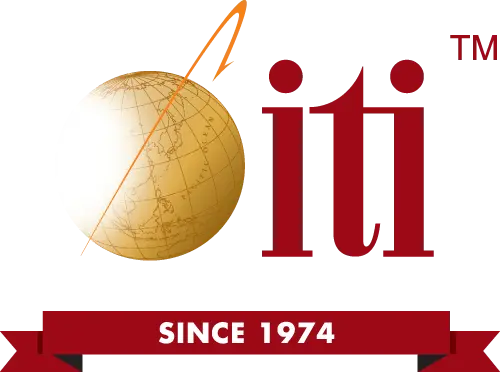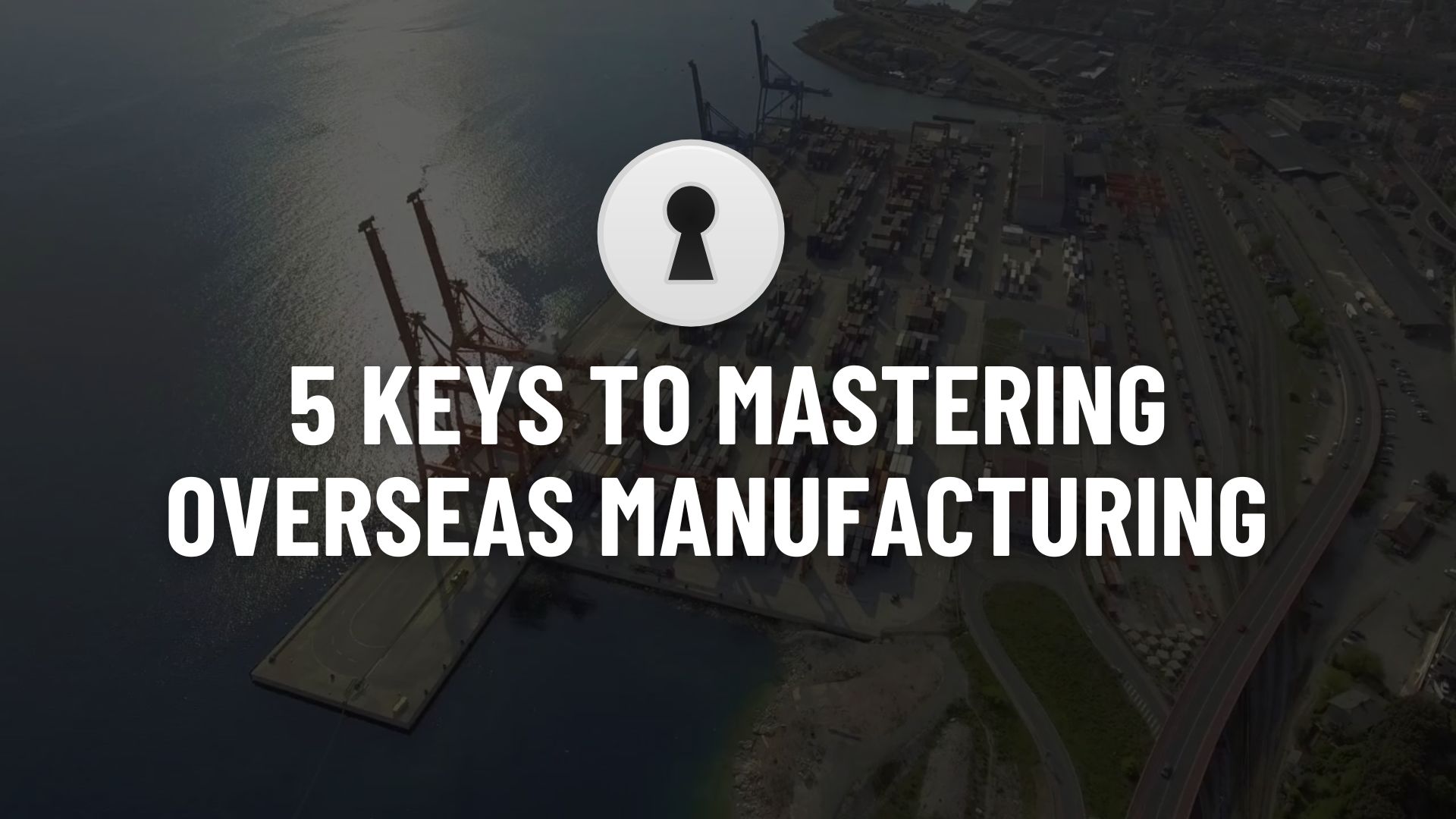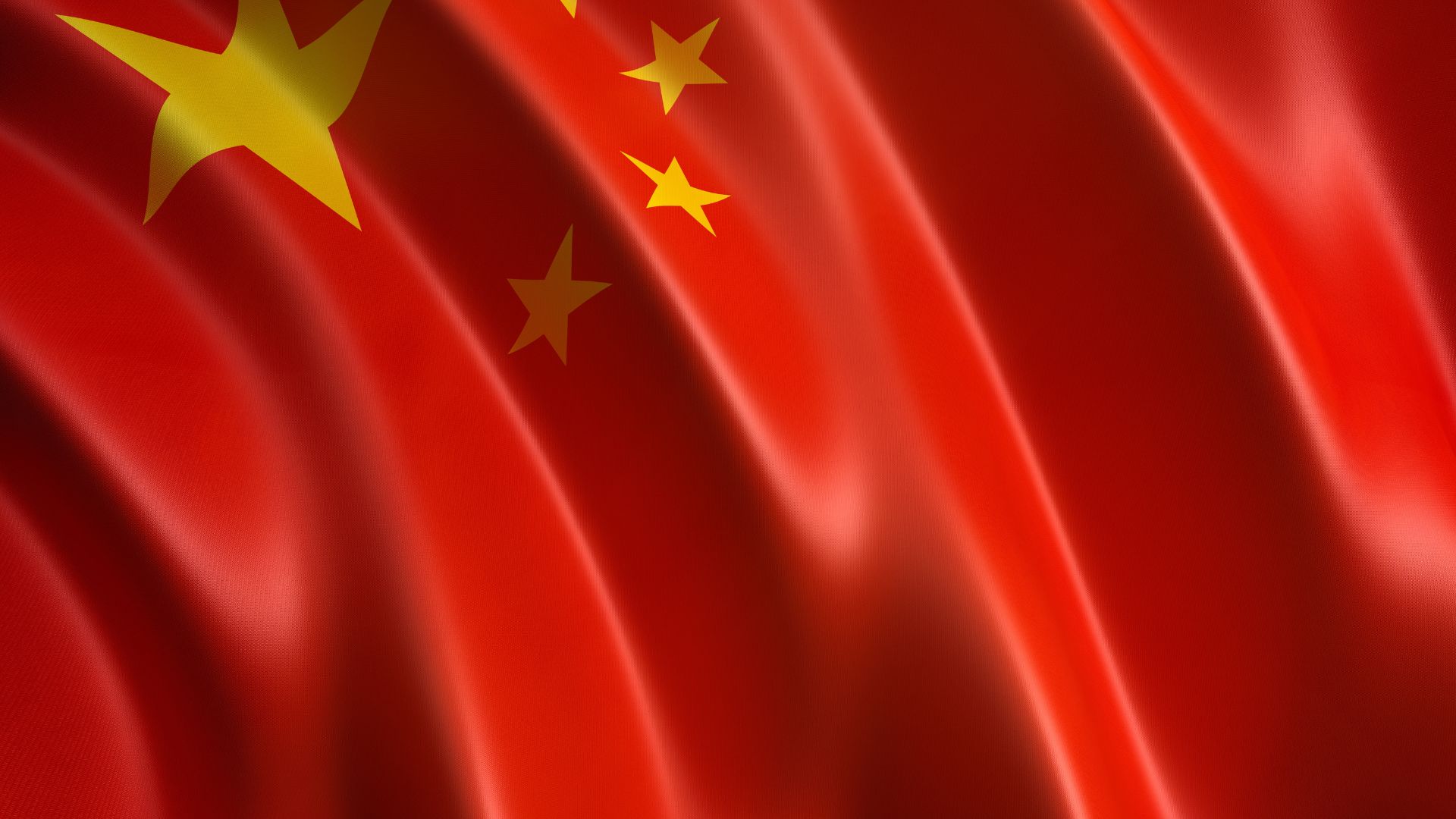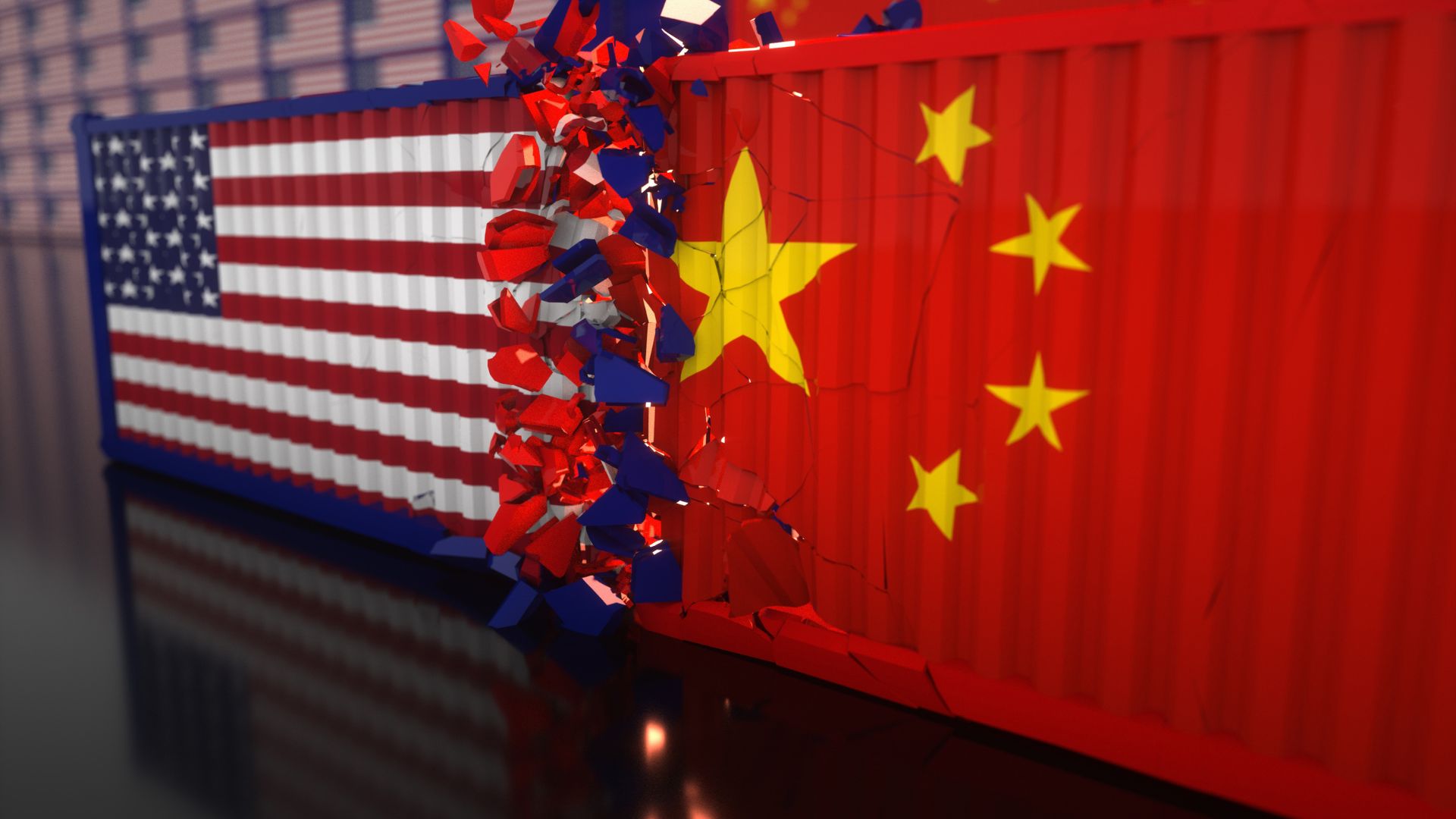The 2016 US Presidential race raises many questions about how the next administration could affect US trade and manufacturing policy. With China’s surprise economic setbacks in 2015, there are already many questions about where to operate and open new factories. Meanwhile, India has seen an upsurge as a foreign manufacturing destination especially as it relates to refined petroleum products and pharmaceuticals. And despite the recent negotiation and agreement on the Trans Pacific Partnership (TPP) deal, many details of the agreement still remain under a shroud of secrecy. What changes in overseas manufacturing can investors and consumers expect to see?
Inflation Hinge
Economic forecasts hinge partially on inflation. The recent strong dollar has had the effect of making imports less expensive. The combination of a strong dollar and low oil prices has caused inflation to be pushed to extremely low levels. The consequence of low inflation is that it increases pressure on American companies to lower prices and cut costs which generally favors overseas manufacturing. However, low inflation makes it difficult for the Fed to justify raising interest rates. A rise in interest rates would result in higher borrowing costs for US manufacturers. In addition, a rise in interest rates could further strengthen the dollar.
Attitudes to Overseas Manufacturing
US consumers tend to vacillate in their attitudes to shopping. Prior to and continuing through the 2012 election, many companies remained active in moving manufacturing to China, Brazil, India, and especially Mexico. While US unemployment figures have fallen consistently since 2010, the number of highly-skilled service oriented jobs created in the US does little to make up for the losses in manufacturing. While contemporary American consumers often talk patriotic about spending, the reality is that few people are willing to pay more for US made goods.
Campaign Promise
The issue of overseas manufacturing has been part of many past campaign platforms and rhetoric. Campaign souvenirs have often been manufactured in the United States to make a statement about the value of keeping US dollars on US soil. Such a move is a promise of sorts by these politicians to support the United States manufacturing economy and to promote this attitude among supporters.
In the end, manufacturing and trade policy becomes more a function of economics and less and function of the administration or political party that currently holds power. The value of competitively priced high quality goods still attracts the majority of US consumers, regardless of where those products are manufactured.






